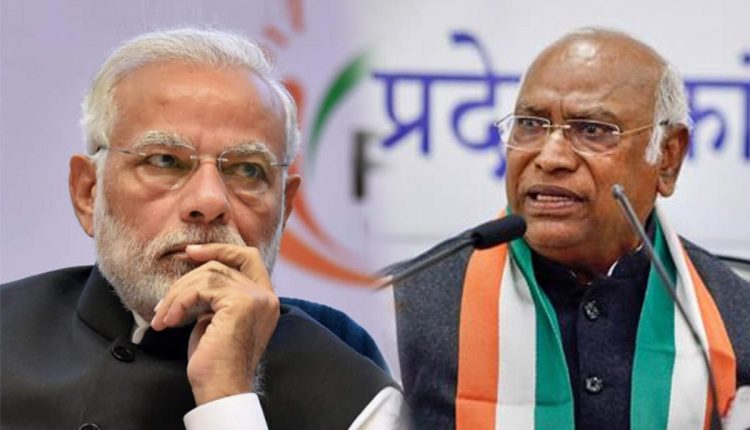New Delhi: The BJP-led Modi government and the Congress are again engaged in a new war of words, and this time Union Telecom Minister Jyotiraditya Scindia is attacking the Congress president Mallikarjun Kharge over the digital transformation of India. After Kharge said that the Digital India mission is an empty promise, Scindia said that India has experienced the super-fast 5G speed with its Prime Minister, Narendra Modi, and left the buffering era brought about by the Congress government.
Kharge Raises Doubts on the Digital India
The row started after Kharge, in a vicious post on X, ridiculed the Digital India initiative launched by the government to be an empty success. He criticised Modi’s leadership by claiming that rural areas still lacked good internet connectivity and that ordinary people were burdened by the high costs of data. All this talk of the so-called Digital India is a tale of broken promises, wrote Kharge, who wanted evidence to support the claim given by the government that India is connected and digitally empowered.
His statements came in sight after the blog post issued by PM Modi on LinkedIn celebrating his ten years of the Digital India mission. In the post, Modi pointed out that since 2014, 140 crore Indians have adopted digital services in the fields of education, business and governance. Whether it was the growth of UPI payments or Aadhaar plus BharatNet, the PM has given a glimpse of a digitalised country and attributed it to the policies of his government.
Sharp Rejoinder of Scindia
Scindia quickly stood up to defend the government’s record and applied himself to X with a stinging reply. The era of buffering in India has ended, while the opposition remains stuck in a dial-up mentality. He attributed India’s success in digital connectivity and its rise as a global leader in this area to Modi, noting that governments can now connect through the rapid deployment of 5G networks and the establishment of an efficient communication infrastructure. Scindia then added that whenever the opposition makes a demand, they will counter it with facts and development and also sarcastically said thank you to Kharge for giving the government an opportunity to share its good work.
The minister had more to offer than just that. He compared the empty words of Congress with the practical results of Modi, including UPI becoming widely used, the reinforcement of Aadhaar, and the BharatNet project to connect rural areas. In another stunt, Scindia asserted that while he was in the ruling party, Congress was dreaming of dial-up internet, whereas the BJP has created a world-class digital network.
It is not only a discourse on digital infrastructure; it is a miniature of the bigger conflict between BJP and Congress when it comes to development narratives. The Modi government has repeatedly argued that its technological and economic advancements, such as 5G service or digital payment, are examples of radical governance. In a bid to salvage some political ground, the Congress has responded by poaching at the scale and extensiveness of these plans and has cited failings in rural connectivity and affordability.
The data presents a contradictory picture. The Department of Telecommunications has reported that 98 % of India is covered by a 5G network in cities and 85 per cent of rural patches, with a 5G user base of more than 1.5 crore. In 2024, UPI transactions reached one thousand six hundred crores worldwide, a record. However, a TRAI report for 2024 had raised concern over the 15 per cent increase in data tariffs since 2023 and the uneven connectivity in states such as Bihar and Chhattisgarh. Such facts serve as the basis for the argument propagated by the opposition that the truth, as perceived by the government, is not always based on ground-level experiences.
The Scindia-Kharge conflict is an indication of a larger battle to determine how India can move forward. To the BJP, Digital India is the showpiece success, a country of modern, tech-savvy citizens. To the Congress, it will be an opportunity to help focus on perceived deficiencies and also to reconnect with voters who feel that they have been left behind. The net effect of the two parties entrenching their positions is that everyday life now hangs in conditions between exuberant promises and the daily realities in India.



Comments are closed.